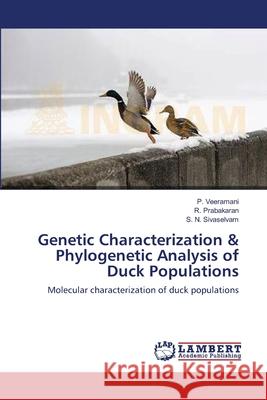Genetic Characterization & Phylogenetic Analysis of Duck Populations » książka
Genetic Characterization & Phylogenetic Analysis of Duck Populations
ISBN-13: 9783659550720 / Angielski / Miękka / 2014 / 136 str.
The indigenous ducks of Tamil Nadu are having better production potential under nil input system of management and are being reared under nomadic system by the duck farmers as their livelihood preposition. Like this, different varieties of indigenous ducks available in different states of the country, which have not been properly characterized or documented. So, an attempt was made to characterize these ducks and phylogenetic tree was constructed to study the genetic distance between these duck populations. The different duck germplasm available in India, especially in Tamil Nadu (Sanyasi & Keeri ducks), Kerala (Kuttanad ducks), Assam (Assam ducks) along with White Pekin and Muscovy have been characterized at molecular level by using 23 duck specific microsatellite markers. Molecular data was analysed to found out allele number, size and their frequencies to assess allelic diversity. The observed and expected heterozygosity, Polymorphism Information Content, Hardey Weinberg Equilibrium have also been calculated for genetic diversity analysis. The phylogenetic analysis was carried out by using neighbouring programme to study the genetic distance between six duck populations.











